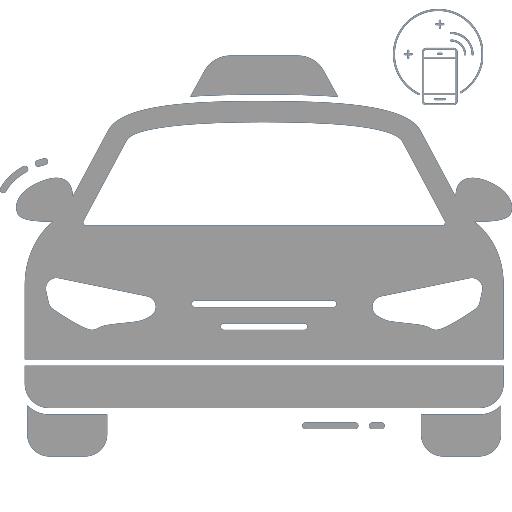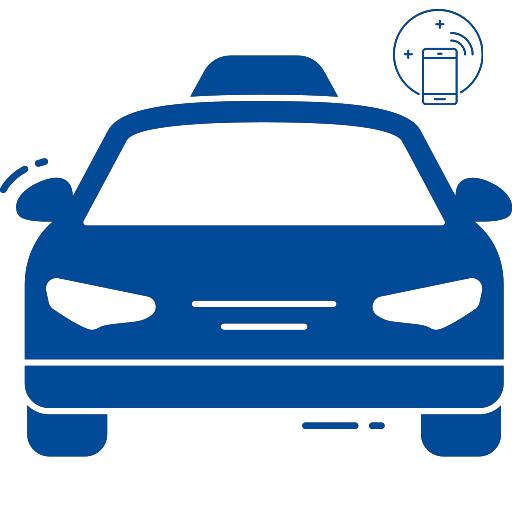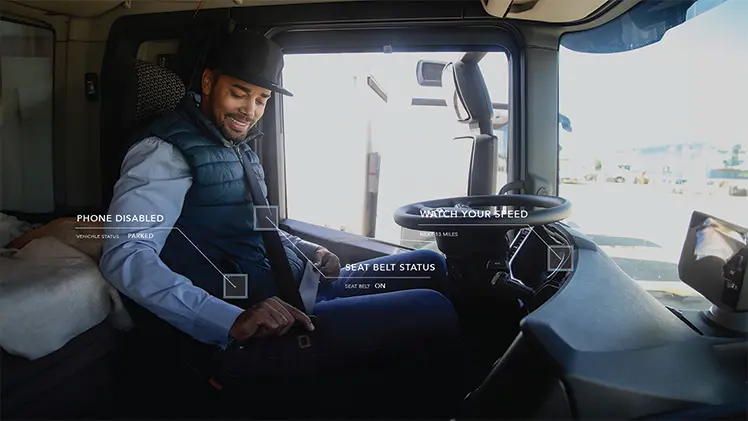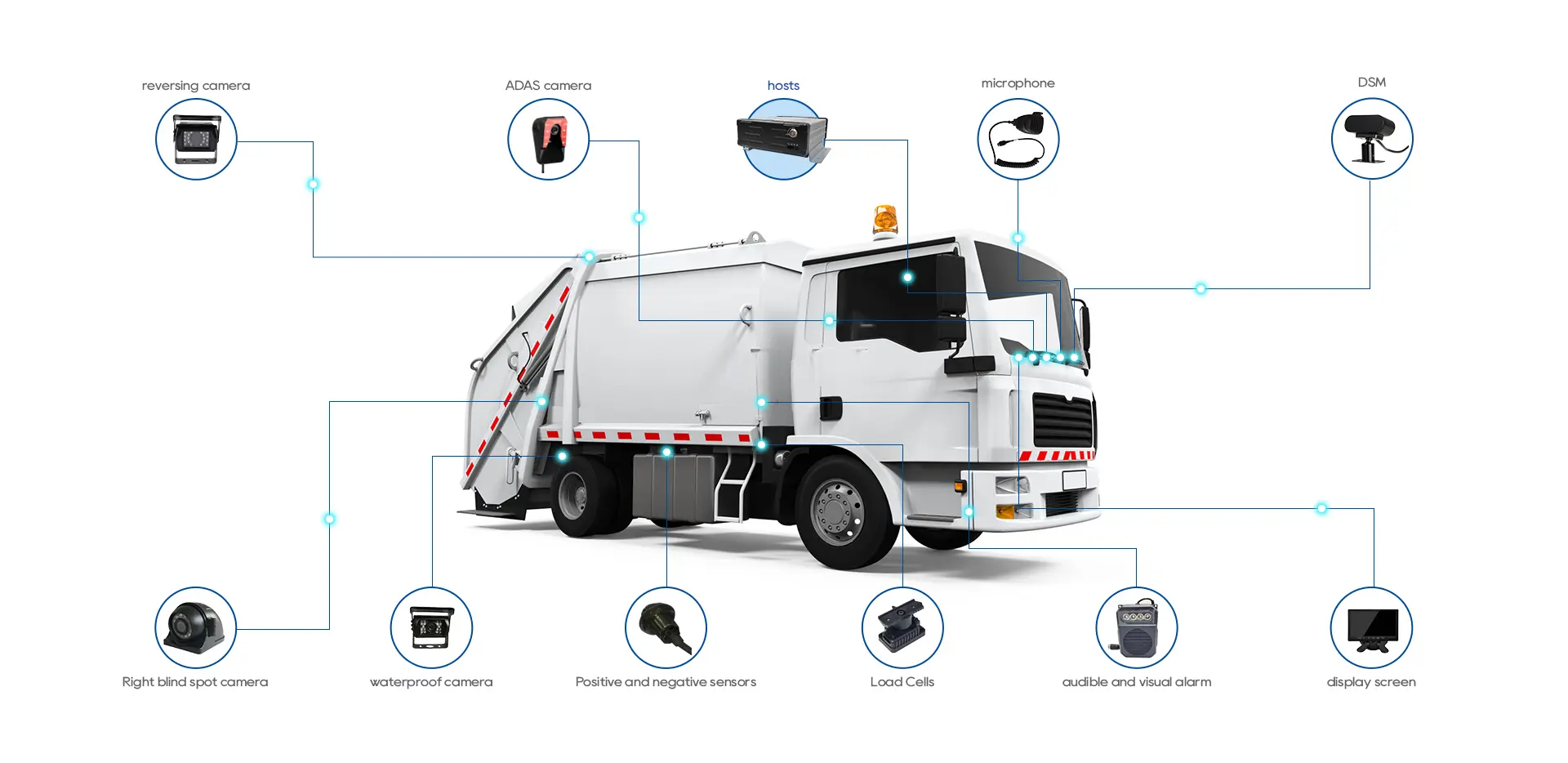Differences Between ADAS and DMS Cameras
Functions of In-Vehicle Cameras
Modern vehicles are becoming smarter and safer, with ADAS (Advanced Driver Assistance Systems) and DMS (Driver Monitoring Systems) playing key roles. These systems rely on cameras to monitor external environments and driver conditions, enhancing intelligence and safety.

Introduction to ADAS and DMS
ADAS (Advanced Driver Assistance Systems)
ADAS aims to reduce human errors and improve driving safety and convenience. Its main functions include:
- Lane Keeping Assist: Detects lane departures and adjusts steering.
- Adaptive Cruise Control: Automatically adjusts speed to maintain a safe following distance.
- Blind Spot Detection: Alerts drivers about vehicles in their blind spots.
- Parking Assistance: Guides vehicles into parking spaces.

DMS (Driver Monitoring System)
DMS focuses on monitoring the driver’s condition to prevent fatigue and distracted driving. Its core functions include:
- Facial Recognition: Analyzes facial expressions to detect signs of fatigue or distraction, such as drooping eyelids and frequent blinking.
- Eye Tracking: Monitors gaze direction and alerts the driver if their attention shifts away from the road.
- Head Position Detection: Identifies signs of drowsiness or prolonged head tilting.
Differences Between ADAS and DMS Cameras
Different Functions
- ADAS cameras monitor the external environment, assisting drivers with lane keeping, adaptive cruise control, and other driving operations.
- DMS cameras focus on the driver, detecting fatigue, distraction, and other potential risks.
Different Installation Locations
- ADAS cameras are typically installed outside the vehicle (e.g., front grille, side mirrors) to detect roads, pedestrians, and vehicles.
- DMS cameras are positioned inside the vehicle (e.g., near the rearview mirror or dashboard) and aimed at the driver's face.
Different Sensing Technologies
- ADAS integrates cameras, radar, and LiDAR to gather environmental data, allowing it to detect obstacles even in low-visibility conditions.
- DMS uses infrared and optical sensors to accurately track the driver's eye and head movements, even in low-light or nighttime conditions.
Different Data Processing Methods
- ADAS processes external data, such as road markings, vehicles, and pedestrians, to make real-time driving assistance decisions.
- DMS analyzes facial features, eye movements, and head positions to assess driver attention and issue warnings or corrective actions.
Different Safety Impacts
- ADAS enhances road safety by reducing accidents through intelligent assistance systems.
- DMS minimizes risks caused by driver fatigue and distraction, ensuring safer driving behavior.
How ADAS and DMS Work Together
ADAS focuses on the external environment, while DMS ensures the driver remains attentive, forming a comprehensive driving assistance system. For example:
- If ADAS detects an obstacle ahead, DMS can determine whether the driver is distracted and issue a warning or slow down the vehicle.
- In adaptive cruise control or autonomous driving modes, DMS monitors the driver to ensure they can take control of the vehicle when necessary.
This collaboration enhances driving safety and comfort, making vehicles smarter and more reliable.
Conclusion
ADAS and DMS are driving the evolution of intelligent and autonomous vehicles. By integrating advanced sensors and AI technology, they make driving safer and more intelligent. As technology advances and adoption increases, these systems will continue to improve, offering drivers a more efficient and secure travel experience.













































